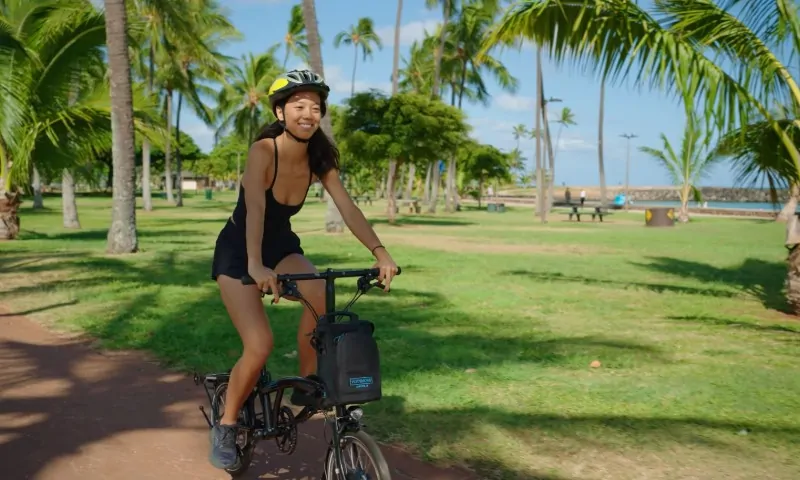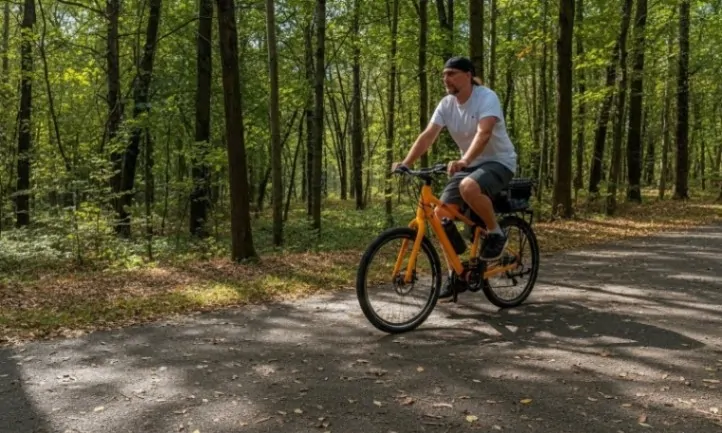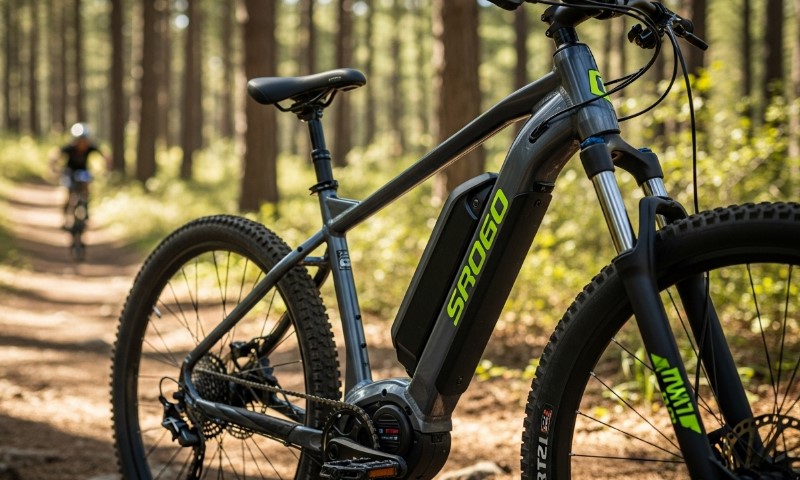When people mention a 26-inch bike, they’re talking about the wheel diameter. Just the rim, not including the tire. These bikes typically suit people between 4’8” and 5’3” tall.
This size is classified as an adult size, but it’s ideal for some tweens and teens. Keep in mind, it’s all about height! 26-inch bikes are suitable for riders over 60 inches tall, no matter their age.
While 26-inch wheels were once the mountain biking gold standard, they’ve been mostly replaced by 27.5” and 29” wheels for better performance.
But don’t count them out just yet. They still have their place, and I’ve prepared a guide so that you can better understand their features and uses. Let’s get right into it.
Who Rides 26-Inch Bikes?
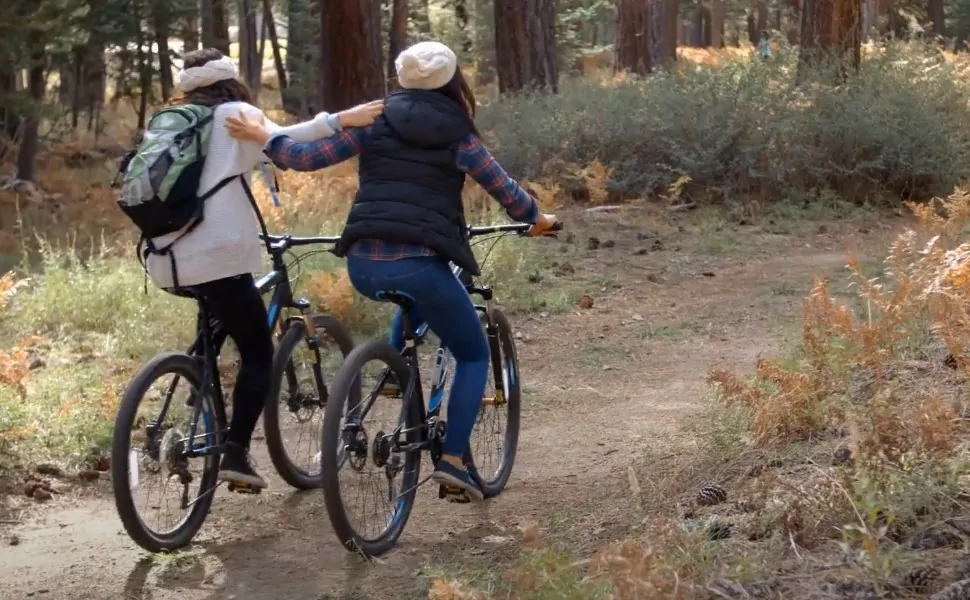
Kids and Teenagers
For kids, 26-inch bikes are the stepping stone before moving to adult sizes. They’re the biggest wheels available for children’s bikes, typically fitting those aged 12 and up.
Specific Bike Types
You’ll find 26-inch wheels on fat tire bikes, dirt jumpers, cargo bikes, and some electric bikes. Why? Because these wheels offer stability, strength, and the ability to support heavier loads.
Most modern 26‑inch wheels support disc brakes (IS six‑bolt or Shimano Center‑Lock standards), making them compatible with a wide range of frames and brake setups.
That flexibility extends to axle systems too—quick‑release, bolt‑on, or thru‑axle standards (12 mm, 15 mm, 20 mm)—so if you need a replacement wheel, it’s easier to match your bike’s hub and brake interface
Characteristics and Benefits of 26-Inch Bikes
- Maneuverability: Smaller wheels are more nimble, making them perfect for tight, technical terrain. You can weave through obstacles like a pro.
- Acceleration: Quick starts and stops? No problem. Smaller wheels accelerate faster, which is handy for urban commuting or any ride with frequent stops.
- Rollover Ability: Here’s the downside: smaller wheels don’t glide over obstacles as smoothly as larger ones. You’ll feel every bump and lose momentum more quickly on rough terrain.
- Strength: Shorter spokes and compact rims make 26-inch wheels stronger and less likely to flex. This is crucial for aggressive riding styles, jumps, and tricks.
- Weight: Lighter than their larger counterparts, 26-inch wheels make the bike easier to handle and carry around.
- Fit: Smaller riders, including many women and teenagers, often find 26-inch wheels provide a better fit and more comfort. Lower standover height and lighter weight make maneuvering easier.
Another key benefit: shorter spokes mean tighter tension and a more durable wheel build, making 26″ wheels lighter, stiffer, and stronger compared to larger sizes. This leads to faster acceleration, snappier handling, and resilience on rough terrain.
Also, 26″ wheels shine on tight, technical trails where flow and nimble cornering matter. Yet once speeds rise, their shorter travel transitions blend bumps together less smoothly than 29ers, making them feel more “skippy” at speed.

Does Anyone Still Ride 26-Inch Bikes?
Despite their decline in mountain biking, 26-inch bikes haven’t disappeared. They shine in specific niches:
- Fat Bikes: Extra stability and the ability to run wider tires.
- Cargo Bikes: High strength makes them ideal for heavy loads.
- Dirt Jumping: Strength and maneuverability are key here.
- Teen Bikes: Perfect for older or taller teens not yet ready for adult frames.
- Electric Bikes: Smaller wheels handle the high weights of e-bikes well.
- Touring Bikes: The strength and ease of finding replacement parts globally make them a solid choice for long tours.
For touring riders, small wheels also mean stronger wheel builds—when built with equal spoke count/rim type, a 26″ wheel is inherently stiffer than a larger one. This can be an asset on long rides with heavy loads.
Parts Availability & Maintenance
A practical advantage: because 26″ was the global MTB standard for decades, there’s a vast pool of parts – wheels, tubes, tires – often more affordable and readily available, especially on used markets like eBay. This makes long-term maintenance and touring repairs easier.
26 vs. 29-Inch Bikes
The difference is night and day. 29-inch wheels are heavier, slower to accelerate, but much more stable and comfortable. They roll over obstacles like a dream, making them the go-to for most mountain biking.
If you’re choosing between the two, consider your riding style, body measurements, and preferences. For fat tire bikes, electric bikes, and dirt jumpers, 26-inch wheels are great.
Finding the Right Fit
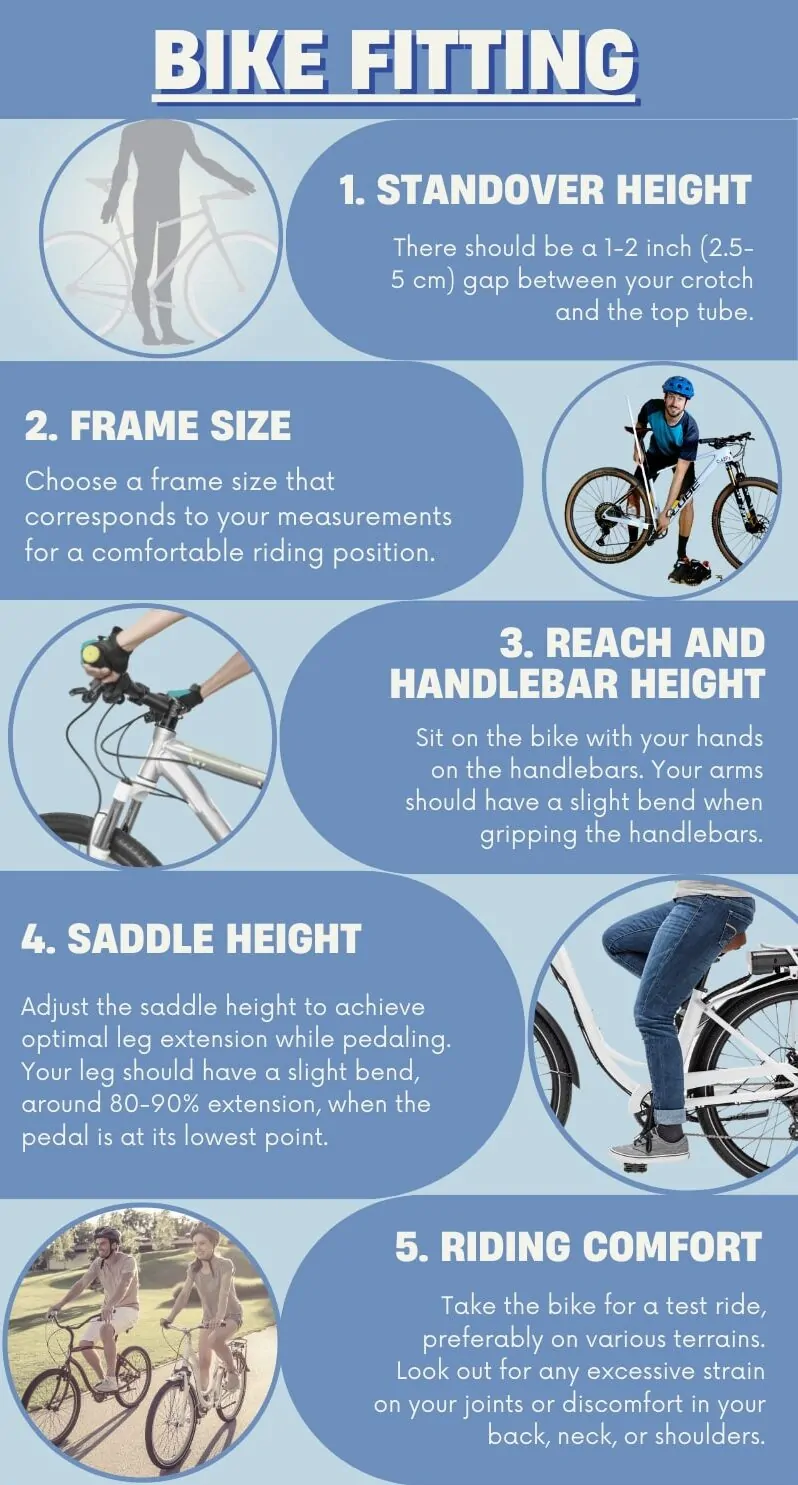
Body Measurements
- Height and Inseam: These are the most important factors. Manufacturers provide size charts for height and inseam ranges.
- Torso and Arm Length: Also play a role, so test rides are beneficial.
Test Ride Before Buying
Always test-ride a bike to ensure it fits. Adjustments can be made to the saddle, handlebars, and stem, but the basic fit needs to be right.
Professional Bike Fitting
Consider a professional fitting, especially for road, gravel, and mountain bikes. It’s not as crucial for urban bikes but can make a significant difference in comfort and performance.
Tweaking Your Bike for Comfort
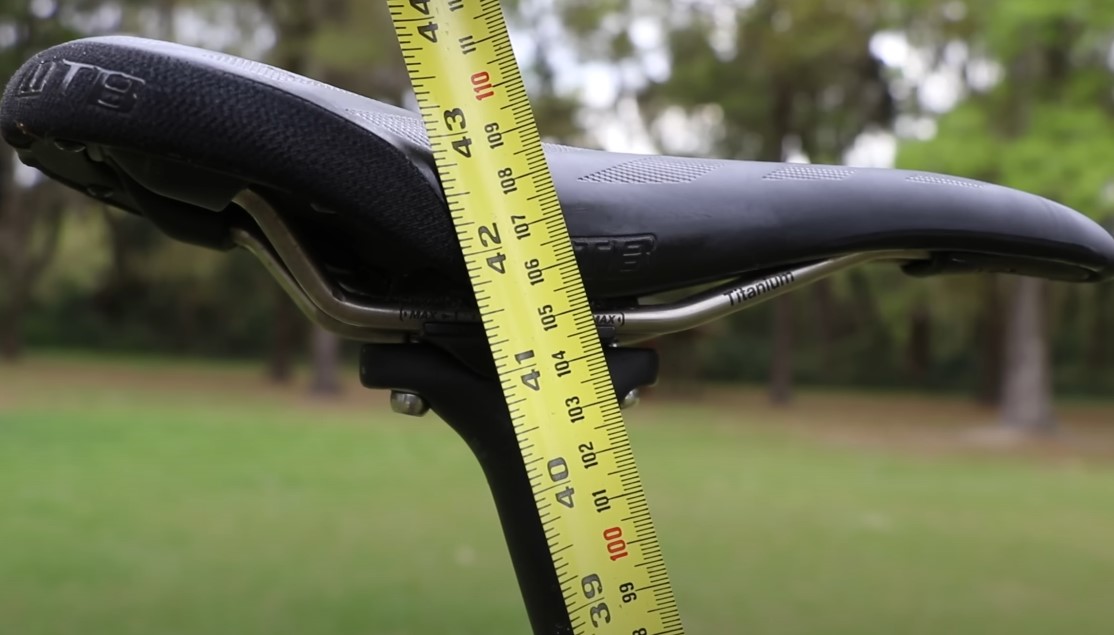
Even if you’ve got the right size bike, making a few adjustments can transform how comfortable your ride feels. Let’s go over some easy ways to fine-tune your setup:
1. Saddle Height
One of the biggest mistakes people make is having their saddle too high or too low. When your foot is at the bottom of the pedal stroke, your leg should be just slightly bent.
If your leg is fully straight or bent too much, you’ll want to adjust the height.
2. Handlebar Position
How high or low your handlebars sit can make a huge difference in how comfortable you feel, especially on long rides.
Ideally, you should be able to reach them without hunching over. If you’re noticing back or shoulder pain, it might be time to raise the handlebars a bit, or choose aero bars.
3. Standover Height
This refers to the clearance between your body and the top tube of the bike when you’re standing over it.
You should have about 1-2 inches of clearance to make sure you can comfortably get on and off the bike without any accidents.
4. Gear Ratios & Effective Wheel Radius
One important consideration – smaller wheels need different gearing to feel similar to larger wheels.
For example, using standard hybrid gear setups on 26″ wheels results in easier pedalling but less speed per pedal stroke. Adjusting chainrings and cassette ratios can help you achieve the right cadence.
Are 26-Inch Wheels Too Small?
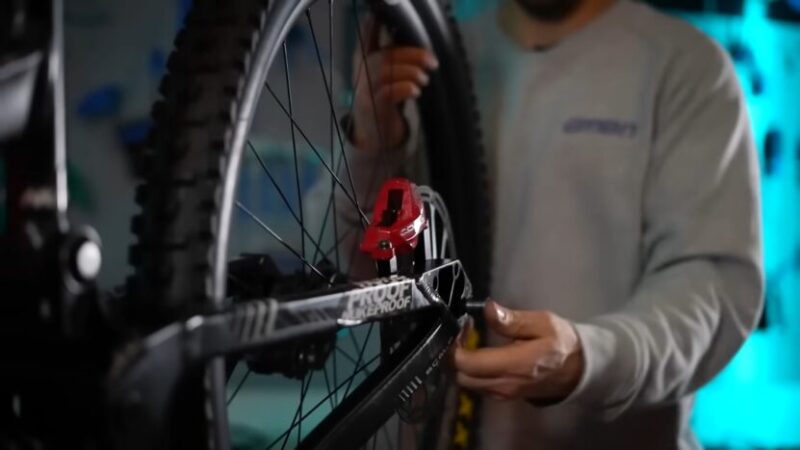
For many, yes. Mountain bikers prefer 27.5” or 29” wheels for their improved performance. But 26-inch wheels aren’t obsolete. They’re just specialized now, mainly found on fat bikes, dirt jumpers, and some touring bikes.
Age and Suitability
A 26-inch bike isn’t just for kids. Adults can ride them too, especially shorter adults or those needing a bike with specific characteristics like strength or maneuverability.
Can Women Ride 26-Inch Bikes?
Absolutely. Shorter women often find adult-sized frames too large, so a 26-inch bike designed for teens can be a better fit. Lower standover height and lighter weight are pluses.
The Importance of Choosing the Right Bike Size
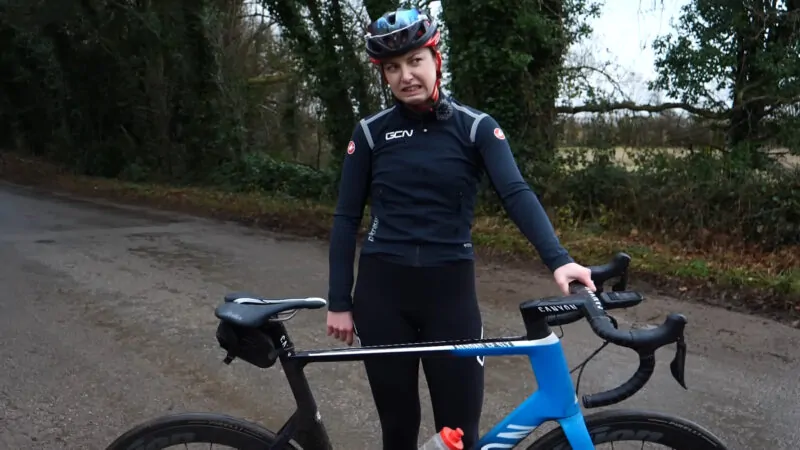
Comfort and Injury Prevention
A bike that fits well feels natural to ride. An ill-fitting bike can cause discomfort and lead to injuries over time, particularly in the back, neck, wrists, and knees.
Efficiency and Performance
A properly fitting bike allows you to pedal more efficiently, using the right muscle groups and reducing fatigue.
Control
A well-fitting bike is easier to handle, making your ride safer and more enjoyable.
Important Bike Sizing Tips
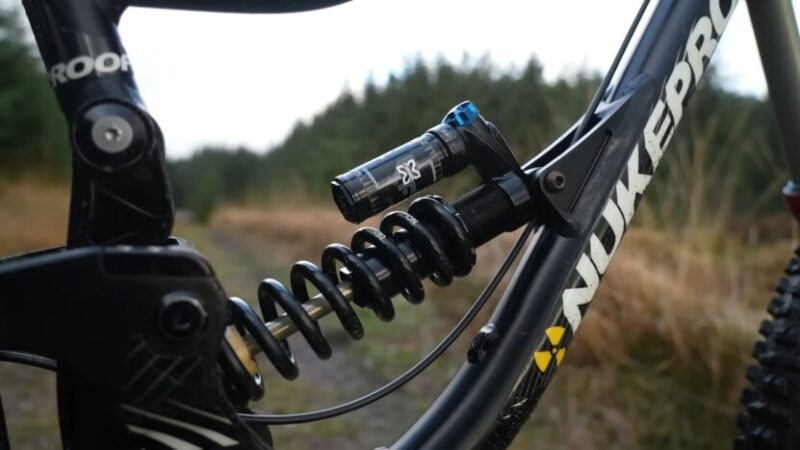
1. Know Your Measurements
Before shopping, measure your height and inseam accurately. This will help you find the right frame size.
2. Manufacturer’s Size Charts
Always refer to the manufacturer’s size and geometry charts. They provide recommended height ranges for each frame size.
3. Standover Height
Stand over the bike with your feet flat on the ground. There should be one to two inches of clearance between your crotch and the bike’s top tube for road bikes, and two to three inches for mountain bikes and hybrids.
4. Reach
When seated on the bike, your elbows should be slightly bent with your hands on the handlebars. If you’re stretching, the bike is too big; if cramped, it’s too small.
5. Test Ride

Whenever possible, test-ride the bike. It’s the best way to determine if it’s the right fit.
6. Professional Bike Fitting
For frequent riders, a professional fitting is invaluable. It ensures optimal comfort and performance.
7. Bike Style
The style of the bike matters, too. An aggressive aero road bike might not be comfortable for a casual rider. Consider an endurance-style road bike for a more upright and comfortable position.
Weight Limits and 26-Inch Bikes

The weight limit varies by bike type and quality. On average, bikes are designed to carry about 250 lb, but this can vary significantly. Heavy-duty cargo or plus-size bikes can handle up to 550 lb.
Popular Types of Bikes with 26-inch Wheels
Several types of bikes still use 26-inch wheels, and they each serve different purposes. Here’s a look at some of the most common ones:
1. Mountain Bikes
For shorter riders, 26-inch mountain bikes can be perfect. They provide excellent control on technical trails, though larger wheels might be better if you’re looking to cover more ground with less effort.
2. Cruiser Bikes
If you’re into leisurely rides around the neighborhood or along the beach, a 26-inch cruiser bike is a great option. With an upright seating position and easy-going design, they’re all about comfort and relaxation.
3. Fat Bikes
These bikes are built for extreme conditions, like snow or sand. They come with extra-wide tires that improve traction and stability, making them ideal for riding on loose surfaces.
Just know that they’re heavier and slower than a standard 26-inch bike.
Why Choose a 26-Inch Bike? Benefits at a Glance
Now let’s talk about why you might want to pick a 26-inch bike over others. Here are some reasons that make 26-inch bikes a solid choice for a lot of riders:
Agility and Control
Smaller wheels are generally more nimble, use 24-inch as an example. If you’re navigating tight spaces, like winding trails or city streets, you’ll appreciate the quick turns and responsiveness that a 26-inch wheel can offer.
Faster Acceleration
Because the wheels are smaller and lighter, they require less effort to get rolling. If you love quick bursts of speed or zipping around town, you’ll feel the difference in how fast a 26-inch bike can get moving.
Lower Weight
A bike with 26-inch wheels typically weighs less than one with larger wheels. For those who want a lighter, more responsive ride, this can be a big advantage, especially if you’re looking for something that’s easier to carry or store.
Durability and Strength
Because the wheels are smaller, they’re often stronger and more durable. This is especially useful if you’re into dirt-jumping or riding in tough conditions where impact resistance is key.
Drawbacks of a 26-Inch Bike
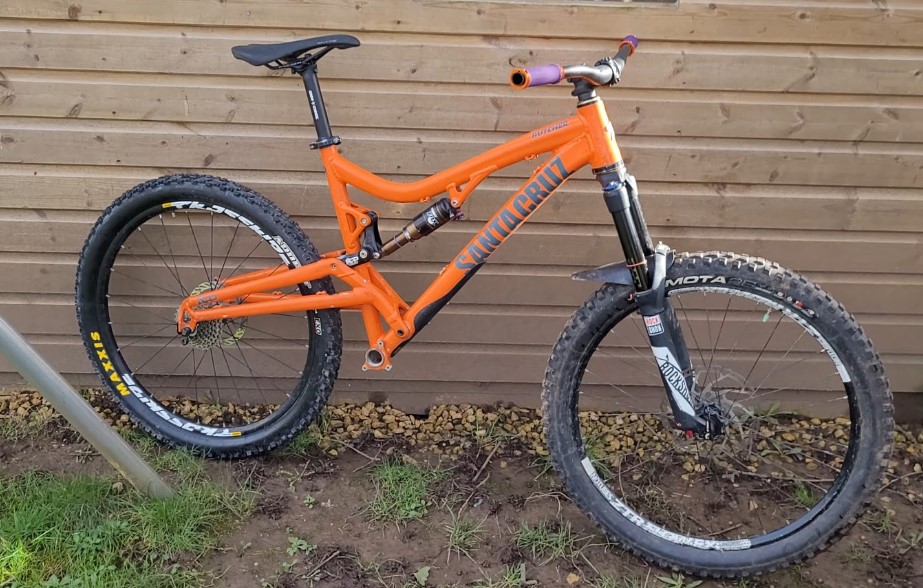
While 26-inch bikes come with a lot of perks, they aren’t without their downsides. Depending on what kind of cycling you do, these might or might not be dealbreakers.
Rolling Resistance
Smaller wheels like 26″ can have slightly higher rolling resistance because they more closely follow bumps, leading to a harsher ride and loss of momentum.
However, their smaller area also means lower aerodynamic drag—something to think about if you’re riding at higher speeds on smoother surfaces.
Reduced Stability
Larger wheels like 27.5 or 29-inch offer more stability, particularly at higher speeds or on rough, bumpy terrain. If you’re planning on mountain biking at high speeds or doing long-distance rides, a bigger wheel can make for a smoother, more stable experience.
Less Traction
The contact patch (the part of the tire touching the ground) on a 26-inch wheel is smaller compared to larger wheels. This means less traction. If you’re riding on loose surfaces like dirt, snow, or mud, you might feel a difference in how well your tires grip the ground. Wider tires can help, but it’s something to keep in mind depending on where and how you ride.
Final Thoughts
Choosing the right bike size is crucial for comfort, efficiency, and control. Whether you’re a kid, teen, or adult, a 26-inch bike can be the perfect fit if you’re within the height range and need specific features like strength and maneuverability.
Keep in mind that comfort is key, and a well-fitting bike will make your rides more enjoyable and safer.



